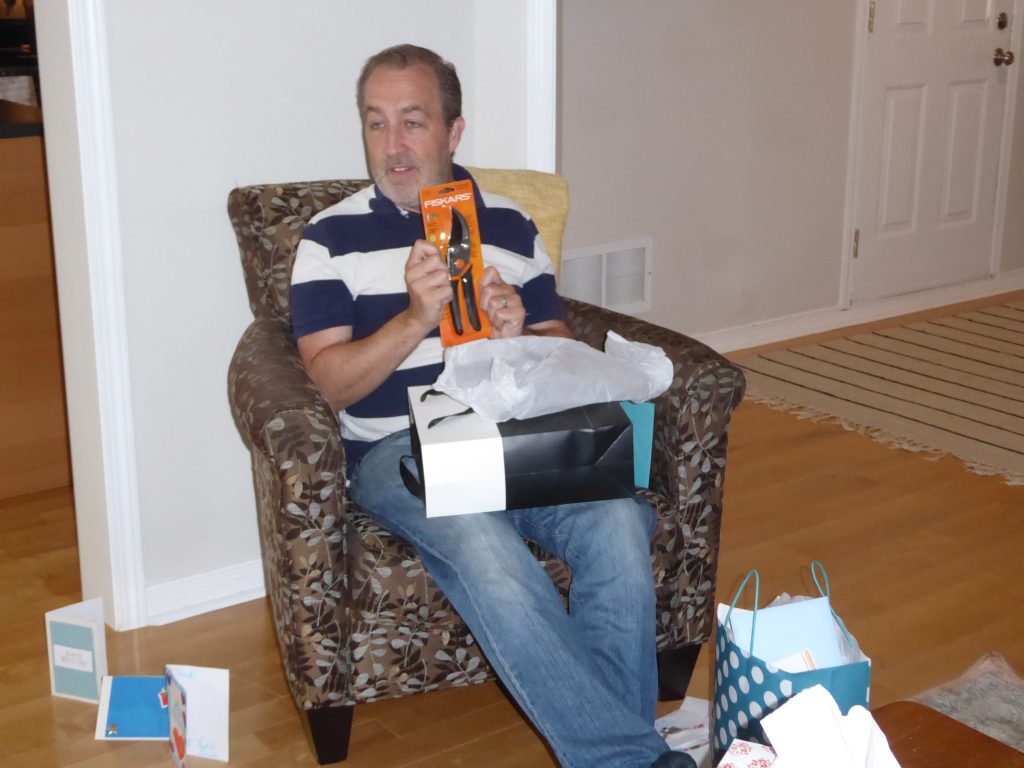
It is hard to believe but we have been mobile phone customers since 1991 – the World Wide Web wasn’t even in service back then. I’d like to take a brief look at the history of our mobile phone usage by describing the various types of phones we have used over the years.
Motorola Bag Phone This was the very first cellular phone we ever used. It was a heavy gadget that resided in a nylon satchel and plugged into a car power outlet or cigar lighter as they called it back then. It could only be used in the car, and we had it for emergency voice calls only. The protocol was AMPS analog or what today is called 1G cellular. We used this dinosaur for nearly nine years until I thought maybe we should join the 21st century.
Nokia Candy Bar Phone This classic phone design was a major step up in utility and convenience. It could be taken out of the car, charged up at home and then carried in a purse or small bag. It was a bit too thick and heavy for your pocket. Again it was for emergency voice calls only. The protocol was TDMA – Rogers’ digital 2G signal – but it could be used for analog calls as well if that was the only available service. This phone served us very well. In fact, it was our home phone for a few months after we moved to Almonte. At that time Bell technicians were on strike and we couldn’t get a land line installed at home. We had to retire this one in 2007 after Rogers decided to unplug both their analog and 2G digital networks.
Nokia Flip Phone A lovely little piece of tech. It was a bit better than I would have paid for, but Rogers gave it to us for free since our old phone was now a doorstop. This one was certainly pocket or purse sized, had a nice display and you could send actual messages with it – although that was a painful exercise since you had to type on what was essentially a numeric keypad. The protocol was GSM or what is now known as 3G technology. We had it in service for nearly 10 years, but it wasn’t really all that good for messaging, and certainly not a Smartphone. We thought of it basically as a voice unit.
Smartphones Part 1 By 2017, just about all our friends and family members had Smartphones and Maria wanted to send messages as well as call them. The tiny Nokia had outlived its usefulness and we got a Samsung Android Smartphone. It took us to a whole new level. Mostly we used it to send messages and make phone calls but we could surf the Web – particularly at home where we connected to wifi. This thin slab of silicon also served as a watch, camera, calendar, and much more. We liked it so much I got a similar phone for myself in 2019. Protocol on these was LTE or 4G.
Smartphones Part 2 You may have noticed that we used our earlier mobile phones quite a long time. Unfortunately, Smartphones do not have the same longevity. Battery life goes down over time, and eventually the manufacturer does not support the phone for software updates – a security issue. There was also another upgrade in network technology to 5G. So in 2021 Maria switched to a new 5G Samsung phone, and I recently upgraded my phone to a Pixel 7. That is where we are now. Voice calls I believe are still handled by LTE but data transfer outside the home is now arriving via 5G in most situations. I might add that 5G plans have given us quite a massive increase in data capacity – something we haven’t needed so far, but nice to have I suppose.
So in summary we’ve had 5 levels of technology in the 32 years we have used mobile phones. We have gone from a simple telephone to a pocket computer and camera and much more. The phone apps allow online banking and bill payments, storage of tickets for hockey games, GPS for traveling, and configuration of home wifi as well. It costs a fair bit but hey.. we are worth it.

























